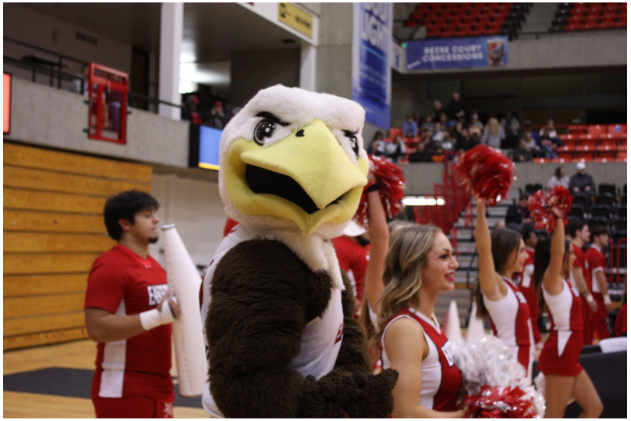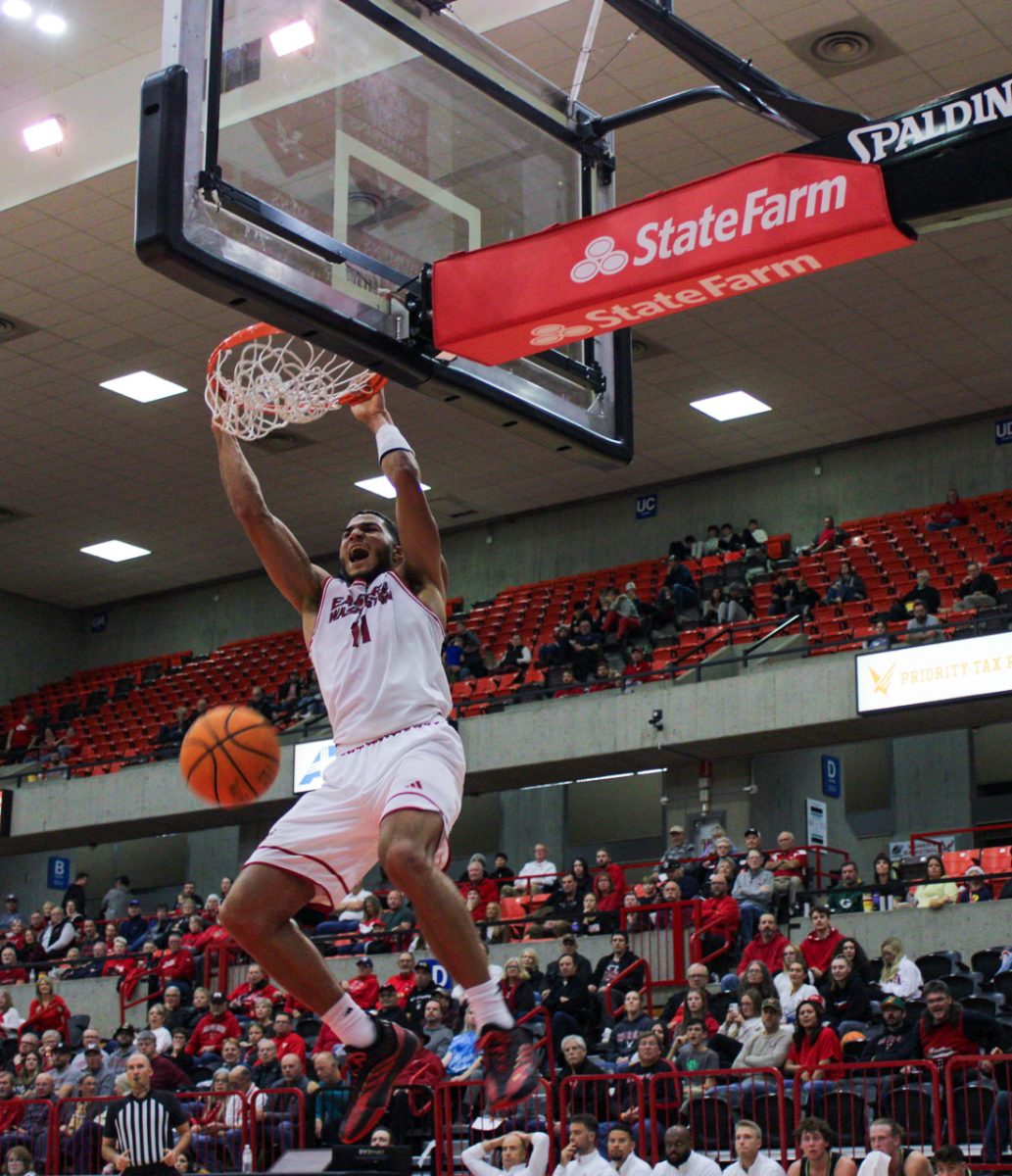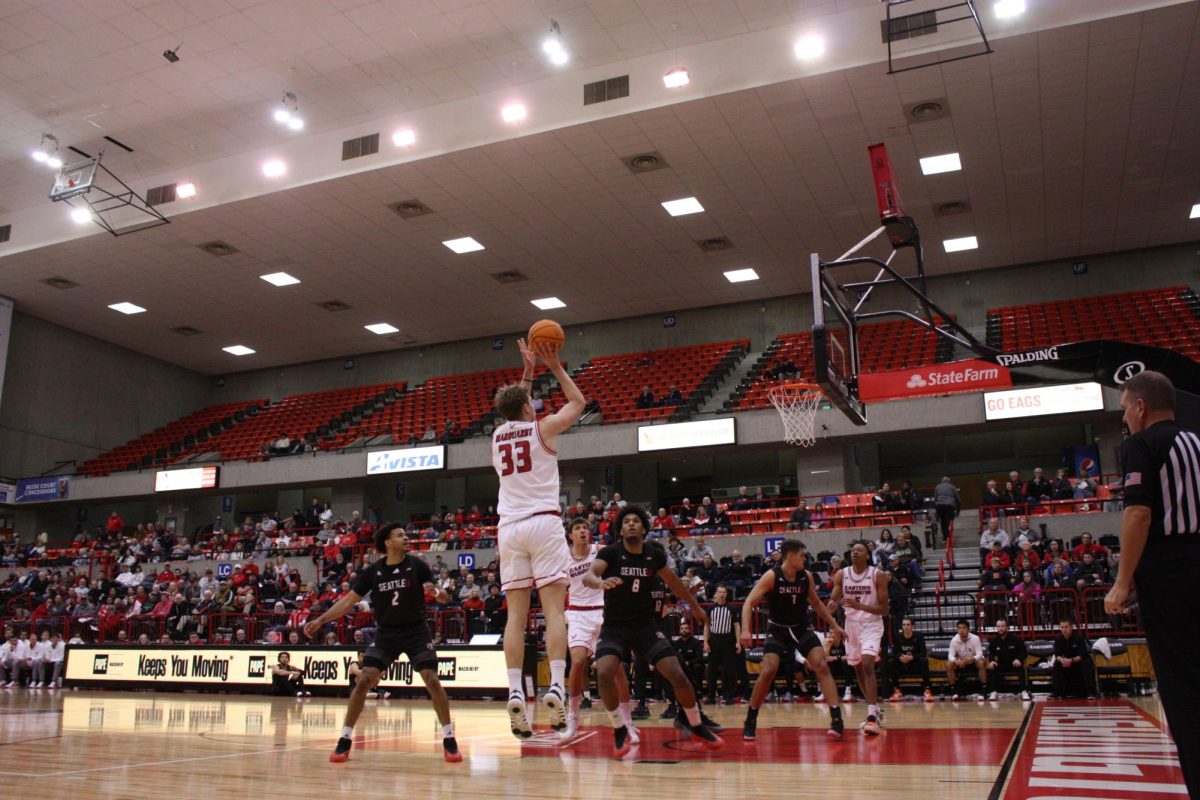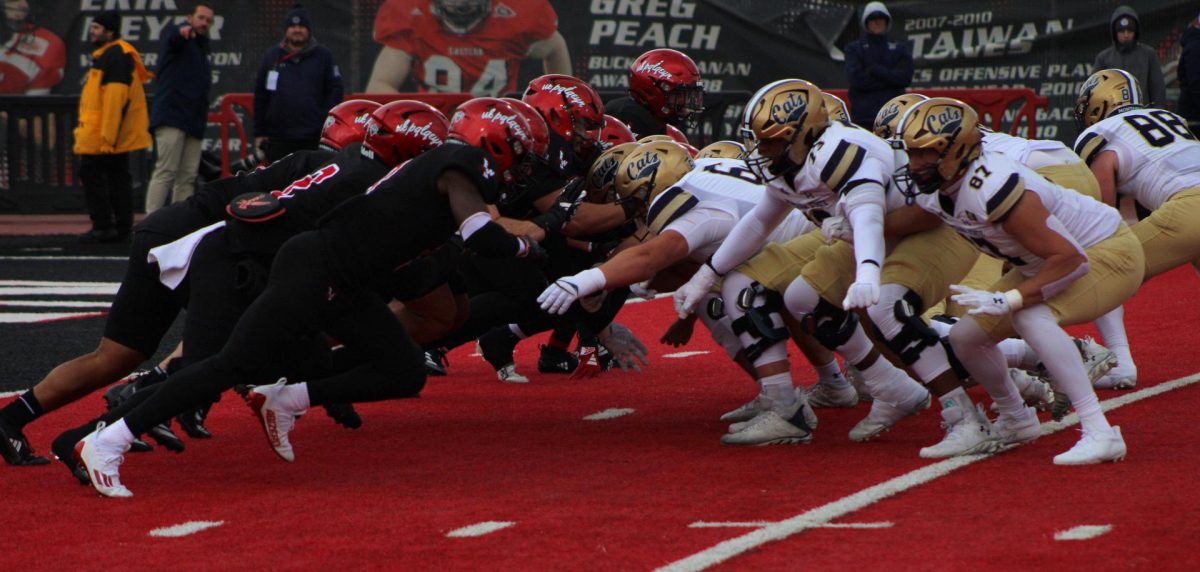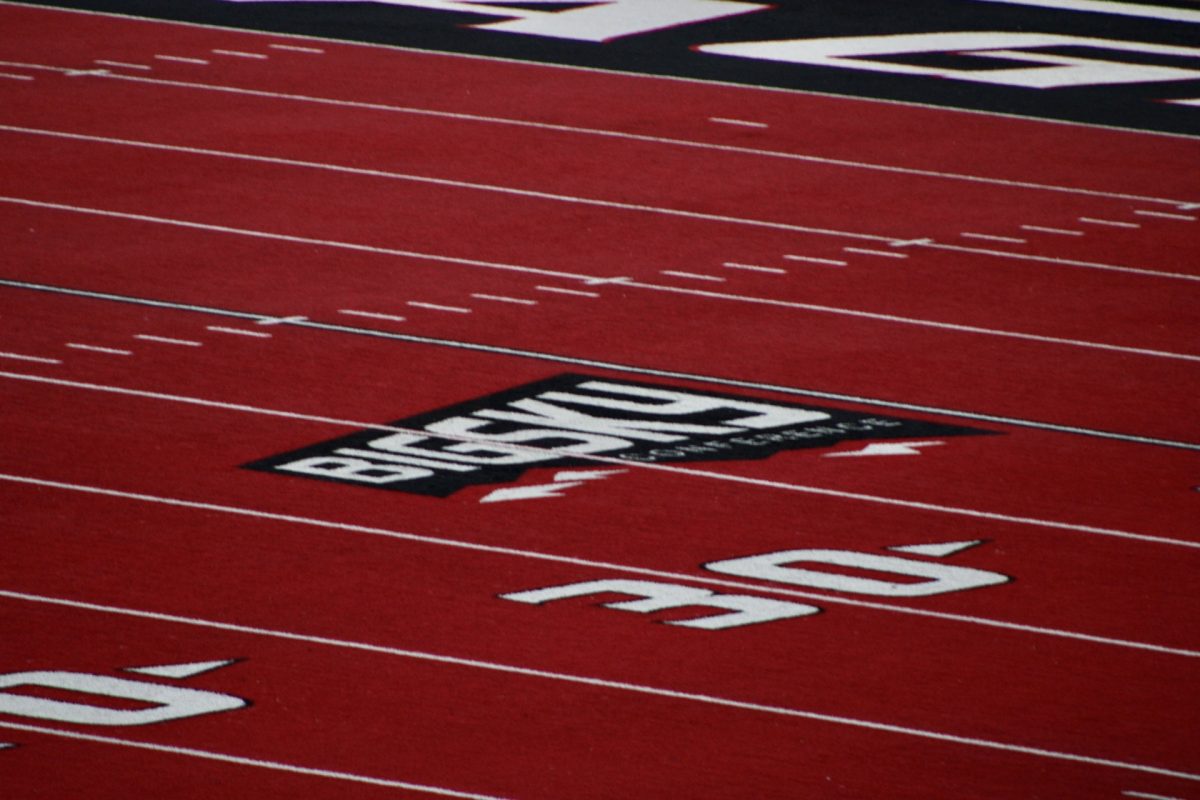“Can’t you think bigger than that?” a man who donated to the football field’s new scoreboard asked. This was the question that launched the ideas behind the Gateway Project.
Michael Westfall, vice president for University Advancement, is now thinking much bigger than red turf and a scoreboard. The Gateway Project is designed to be a multipurpose facility to fit multiple needs and serve a variety of purposes. “While a lot of folks will look at this project [and say] it’s an athletic project, it’s really so much more than that,” Westfall said. “How cool would it be to have a university village of some type?”
A few proposed athletic ideas included within the Gateway Project are locker rooms for the band, athletic training facilities, a weight facility and a football locker room. However, the project could also involve retail and commercial opportunities, including banks, restaurants and hair care services.
According to Westfall, it is the location of the facility that makes the project so ideal. “If this weren’t located on Washington Street we couldn’t pursue this project,” Westfall said.
Currently, Westfall views Washington Street as a campus divider because primarily athletic facilities are located there. However, with Pearce, Dressler and the URC so close to this arterial, Westfall sees an opportunity to bridge the gap. “Washington Street has historically divided campus, [but] our goal with this project is to utilize Washington Street not as a divider of campus but a unifier of campus,” Westfall said.
Along with unifying campus, the project has other goals as well. There are three main focuses: generating revenue, increasing student services and enhancing student culture.
“We want to generate revenue. At every spot possible that we can generate revenue, we’re going to,” Westfall said. “Where we’re not generating revenue, we’re providing some kind of service to the university at no cost.”
With the revenue earned, Westfall intends to build scholarships. “What we’re trying to do is leverage the EWU foundation in a way that we can generate systems that create revenue for scholarships,” Westfall said.
“Our goal is that [the Gateway Project] will be 100 percent privately funded, with no state dollars,” Westfall said. For Media Relations Director Dave Meany this goal is an important one for students to understand.
“You always hear, ‘Why don’t they spend money on the geology or science building?’ I think what a lot of students might not understand is those are capital funds that come from the state,” Meany said. “It’s a whole separate thing. This is a project we’re trying to fund with no state dollars. The state doesn’t fund this type of thing.”
The next steps in the process of approving this project come mid-November. Westfall said there will be a presentation to the board of trustees on Nov. 16 and another presentation on Nov. 20 to the EWU Foundation Board of Directors. “There will be no formal action taken at either of those meetings,” Westfall said.
Despite the early stages of the project, ASEWU Finance Vice President Markus Hammond has heard both positive and negative feedback. “As far as positive feedback, the facility will be open 365 days a year to provide amenities and enriched experience for everyone in the area,” Hammond said. “There has also been a lot of excitement about what will be filling the facility.”
“We would like to have a nice sit-down restaurant,” Westfall said. “We’ve got a pizza place that’s interested. The signature restaurant would be a nice place.”
However, some concern has risen over the issue of parking. “Right now the project will displace the northern portion of P-9 and P-RH/16,” Hammond said. Westfall said proposals are being made in terms of replacing the parallel parking along Washington Street with angle parking.
“We’re talking to STA about moving the drop [to Washington Street]. It would shorten their route, which would save STA money, and hopefully keep the fees down.” Westfall said. Students currently pay a mandatory $6.50 fee per quarter for STA transportation.
In the long run, Westfall is hopeful about the project. “We’ve never really done anything quite like this at Eastern.”




